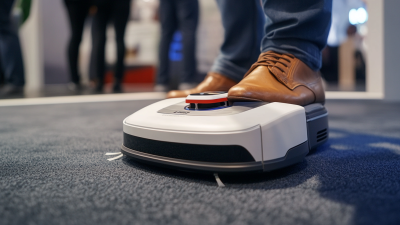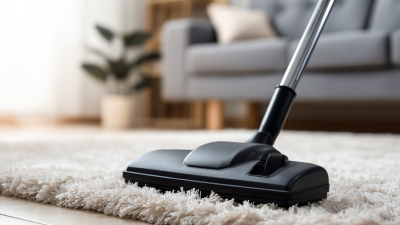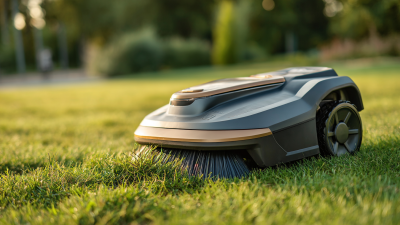In today's fast-paced world, the importance of keeping our homes clean cannot be overstated, making the selection of the right vacuum cleaner crucial for efficient household management. According to a recent report by the Freedonia Group, the U.S. vacuum cleaner market is projected to reach $3 billion by 2025, indicating a growing demand for high-performance cleaning solutions. As consumers become increasingly aware of the diverse types available—ranging from upright and canister models to robotic and handheld vacuums—understanding the unique features and functionalities of each type is essential. This guide aims to equip readers with expert insights into the various categories of vacuum cleaners, thus enabling them to make informed choices tailored to their specific cleaning needs and lifestyle preferences. Ultimately, selecting the best vacuum cleaner can significantly impact not only the cleanliness of our living spaces but also our overall health and well-being.
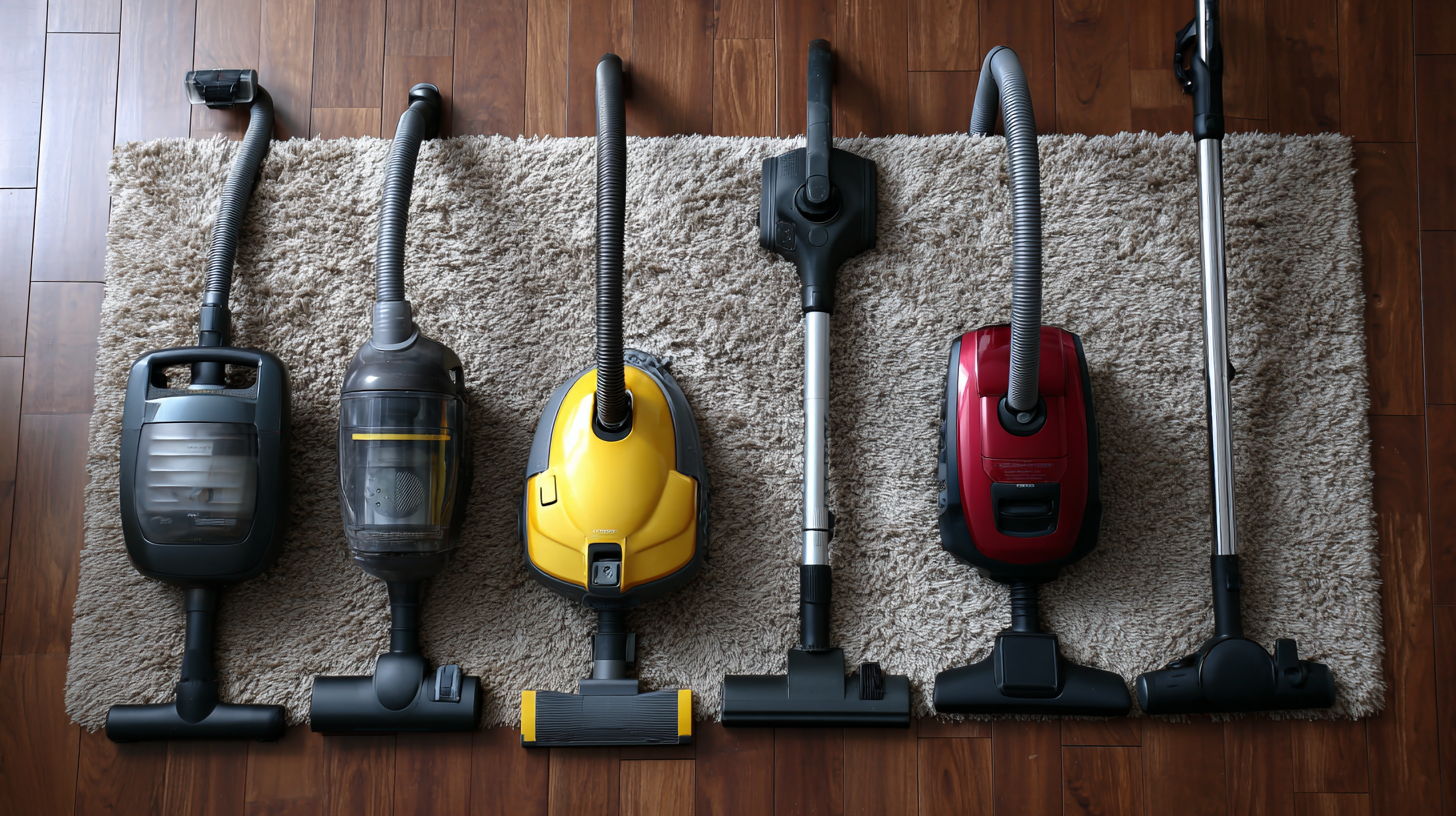
When selecting the best vacuum cleaner, several key factors should be taken into consideration to ensure you make an informed choice. First and foremost, understanding the different types of vacuum cleaners is crucial. Whether you need an upright, canister, robotic, or handheld model, each type comes with its own set of advantages tailored to specific cleaning needs. Industry experts recommend assessing your living space to determine which vacuum style will work best, especially if you have pets or varying floor types.
Another essential factor is the vacuum's performance specifications. Look for models equipped with strong suction power, HEPA filters, and various attachments designed for versatility. Experts often emphasize the importance of noise levels, particularly for households with children or pets. Additionally, consider the vacuum's weight and maneuverability. A lightweight vacuum can make household cleaning tasks less daunting, allowing for easier use in tight spaces and multiple levels of your home. By focusing on these core factors, you can find a vacuum that not only meets your practical requirements but also enhances your overall cleaning experience.
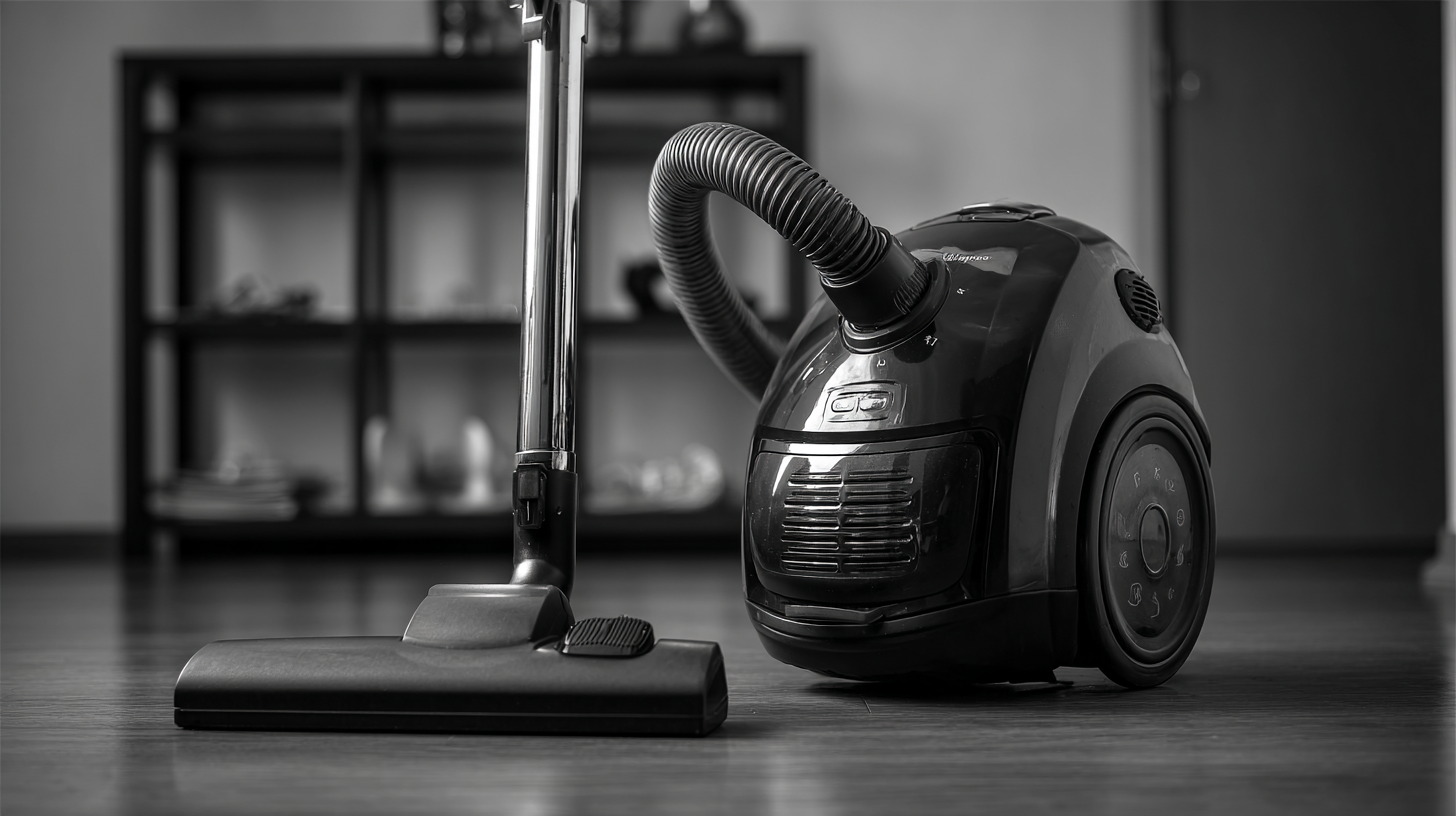
When selecting a vacuum cleaner, understanding the various types available is crucial. Each type has its unique advantages and disadvantages, catering to different cleaning needs and household environments. According to a 2022 report from the Vacuum Cleaner Manufacturers Association, upright vacuums dominate the market, making up nearly 50% of sales due to their powerful suction and ease of use on carpets. However, they can be cumbersome for those with limited storage space or staircases.
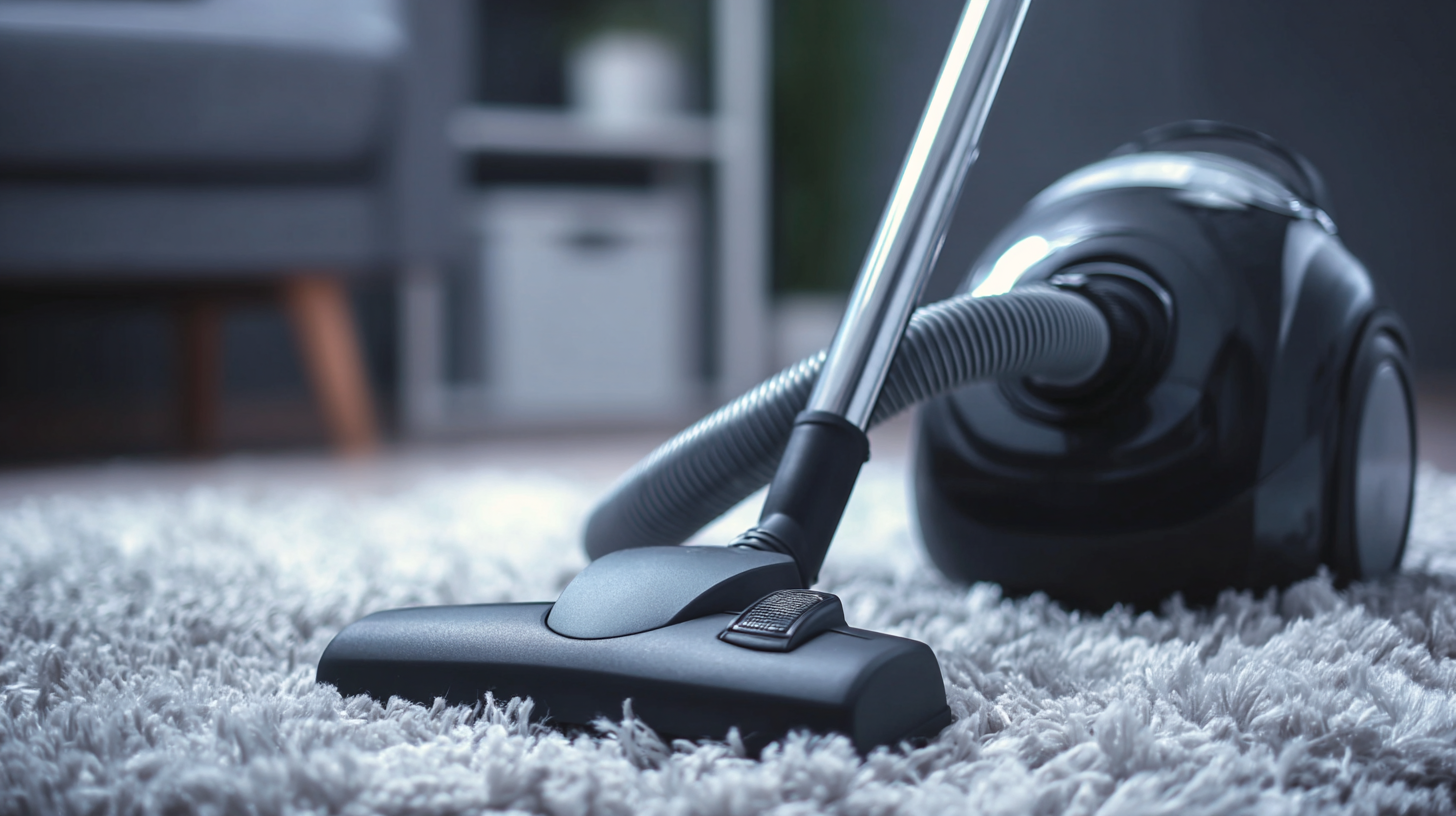
Canister vacuums are another popular choice, providing versatility and efficiency on both carpets and hard floors. These models are particularly favored in households with pets, as they excel in removing hair and allergens. However, a survey by the Home Appliance Research Institute indicates that only 30% of consumers opt for canister models due to their bulkiness and potential difficulty in maneuvering.
On the other hand, robotic vacuum cleaners have surged in popularity, with a 2023 market analysis revealing a 25% increase in sales over the previous year. Their automated cleaning capabilities make them ideal for busy households, yet they may lack the deep-cleaning power found in traditional vacuum types. Knowing these pros and cons can help you make an informed decision tailored to your home's specific needs.
When it comes to choosing a vacuum cleaner, individuals with allergies need to focus on specific features that can help combat allergens in the home. For pet owners, this challenge intensifies as pet hair, dander, and other allergens can quickly accumulate, triggering symptoms. Modern vacuum cleaners designed for allergies often come equipped with HEPA filters that capture fine particles, making them essential for maintaining air quality and reducing allergy flare-ups.
Recent insights from experts highlight various models specifically recommended for their efficiency in handling pet-related messes and allergens. Brands that incorporate advanced suction technology and specialized attachments for pet hair can significantly ease the burden of cleaning. Additionally, lightweight and compact designs make it easier for users to maneuver around their homes while ensuring that every corner is addressed. Thus, selecting the right vacuum cleaner not only promotes a cleaner environment but also contributes to overall well-being, particularly for those susceptible to allergies.
To maximize your vacuum cleaner's performance and longevity, regular maintenance is essential. Begin by frequently checking and cleaning the filters. Clogged filters can diminish suction power and overall efficiency. Depending on your model, some filters are washable, while others need to be replaced periodically. Additionally, keeping the vacuum's brush roll free of hair and debris will ensure that it operates effectively and prevents motor strain.
Another crucial aspect of maintaining your vacuum cleaner is using it correctly on the right surfaces. Different types of flooring require different settings, so consult your vacuum's manual for guidance. For instance, using a beater bar on delicate rugs can cause damage, while neglecting to adjust for hard floors can impede cleaning efficiency. Lastly, storing your vacuum cleaner properly, away from extreme temperatures and humidity, can prevent wear and tear, ultimately extending its lifespan. By following these tips, you can keep your vacuum cleaner running like new for a longer time.
| Feature | Description | Importance | Tips for Longevity |
|---|---|---|---|
| Suction Power | The measure of a vacuum cleaner's ability to pick up dirt and debris. | High | Regularly clean filters and empty the dust container. |
| Filtration System | Refers to the type of filter used to trap dust and allergens. | High | Replace filters as recommended by the manufacturer. |
| Attachments | Extra tools that enhance the vacuum's versatility. | Medium | Store attachments properly and check for blockages regularly. |
| Capacity | The volume of dirt the vacuum can hold before needing to be emptied. | Medium | Don’t overload and empty regularly to maintain performance. |
| Weight | The total weight of the vacuum cleaner, affecting portability. | Low | Choose a weight you can comfortably handle for your cleaning needs. |
| Noise Level | The sound produced while vacuuming, affecting user comfort. | Medium | Consider using ear protection for louder models. |
When it comes to choosing a vacuum cleaner, one of the key decisions you'll face is balancing budget and premium options. Budget-friendly vacuum cleaners often come with a lower price tag but may compromise on features and durability. These models are typically lightweight and easy to use, making them ideal for smaller spaces or occasional cleaning tasks. If you're a homeowner who prioritizes cost-efficiency and only needs a vacuum for light cleaning, a budget option could be the right choice for you.
On the other hand, premium vacuum cleaners often deliver superior performance and advanced features such as powerful suction, HEPA filtration, and enhanced durability. These models are designed for various surfaces and can handle difficult messes, making them suitable for families with pets or larger homes. Investing in a premium vacuum can result in long-term savings, as they often come with warranties and can efficiently tackle dirt and allergens, improving the overall cleanliness of your living space. Ultimately, the choice between budget and premium vacuum cleaners should align with your specific cleaning needs and financial considerations.


